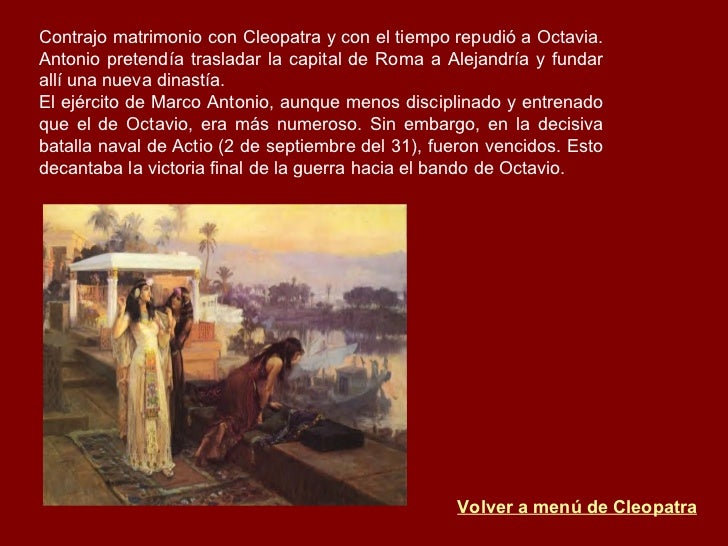

Due to this, the fourth planned battlecruiser of the lion class was dropped, replaced by a fourth of these new fast battleships (Barham). The powerplant as specified should be powerful enough to reach 25 knots (46 km/h 29 mph), which was quite a departure over previous designs indeed. This choice also led Churchill to negotiate the Anglo-Persian Oil Convention, which had profound consequence in the long run for the middle east… Fuel tanks had to receive specially new requirements, Eustace Tennyson d’Eyncourt (the new DNC) Watts, deplored this last minute change which could add additional displacement of 300 tonnes.
#NAVAL ACTIO MADAGASCAR REFIT FULL#
Eventually the program received the Board’s stamp, with full oil burning boilers. However they raised the issue of fuel oil or a mix with coal to be decided soon after.

The Admiralty eventually endorsed Churchill’s will and approved the Queen Elizabeths on 15 June 1912. However, the turret were quicker to create and one was successfully tested on.

It was a hardy move, due to the short delays, with as price serious delays in completion of the new battleships. HMS Queen Elisabeth’s rendition – the blueprintsĬhurchill therefore also ordered a 42-calibre BL 15-inch Mk I gun codenamed “14-inch Experimental” to be studied in January 1912. In fact, Fisher advocated for a mixed battlecruiser-battleship for the 1913 program, eventually rebuffed by Churchill, to the dismay of the former. In this he argued that “the speed and long range artillery of the new design was to be a deterrent to German battlecruisers trying to out-manoeuvre the grand fleet battle line. Churchill sent a memo to Rear-Admiral Gordon Moore, Third Sea Lord on 27 October 1912. The latter were more heavily armoured as this was known at the time thanks to spying. But they were also seen as battlecruisers hunters. Tactically, these fast ships were supposed to make the classic “T-crossing” manoeuvre, joining the head of a battleline. Fisher was no longer first lord of the admiralty by then, but Churchill was. It seemed both Churchill and Fisher agreed on design Q, against the admiralty. The lack of documentation over this does not tell more about when the second design was eventually adopted. The Director of Naval Construction (DNC), legendary Sir Philip Watts, was asked by Fisher to prepare also this Design, named “Q” and another, slower one with more protection called Design R. He called this a “super-Lion”, in reference to his cherished “splendid cats”, and lead ship HMS Lion. He advocated for a fast (possibly 28-knot) battleship with a 4×2 main guns configuration but slightly less armoured than a battleship.

General appearance of the Queen Elisabeth class in 1915-16Ĭhurchill and Admiral Sir Jackie Fisher correspondence give however some clues in the direction to take in 1911. These new battleships were to be designated Design N, but nothing has been found in Admiralty records and Norman Friedman argued that the O was unused and P was reserved for a slow, ten 15 in design after a simple note in naval construction archives during the War, and possible precursor to the Queen Elisabeth class. Design backgroundĪs Winston Churchill became First Lord of the Admiralty (October 1911) the 1911–1912 Naval Programme included the four Iron Duke and battlecruiser HMS Tiger while preliminary design work started for the next 1912–1913 Naval Programme capital ships. Within these ten years, both the Royal Navy and Kaiserliches Marine rivalled over numbers and qualities of dreadnoughts, and were also the only ones cranking up battlecruisers in 1914 (outside Japan). The Queen Elizabeth class were designed to take the lead in battleship development worldwide, like for the Dreadnought barely ten years earlier. The paradox was they were still slower than the new King Georges V class, but in a sense, better armed, and the latter did not shine the same way, notably when looking at the Prince of Wales – Granted, a victim of unusual conditions. They were not cheap also, and the admiralty -which appreciated their qualities- were constrained for the next class to look for a cheaper and less ambitious alternative: The Resolutions.īut outside their revolutionary character, the five of the “QE” class had a fantastic career, very active in both wars, and instrumental during WW2, notably in the Mediterranean. By their heavy armament, oil-fired turbines and greater speed they outclassed all their opponents and allowed the Royal Navy to keep a 2-3 years advantage. When they appeared they redefined altogether the dreadnought genre, levelling up to “super-dreadnought” or “fast battleship”. The Queen Elisabeth class battleships carved quite a path in the Royal Navy. HMS Queen Elizabeth, Warspite, Barham, Malaya, Valiant PART I: A new breed of super dreadnoughts HMS Queen Elisabeth 1915 – colorized by iroo Toko JR


 0 kommentar(er)
0 kommentar(er)
